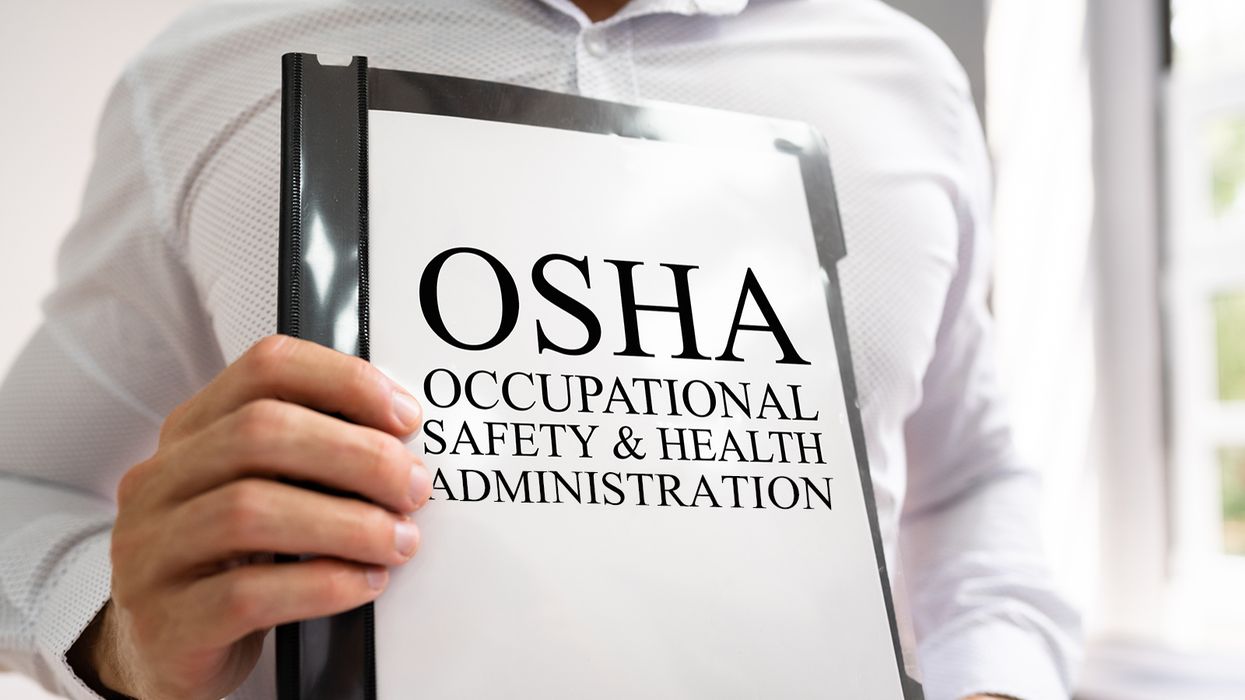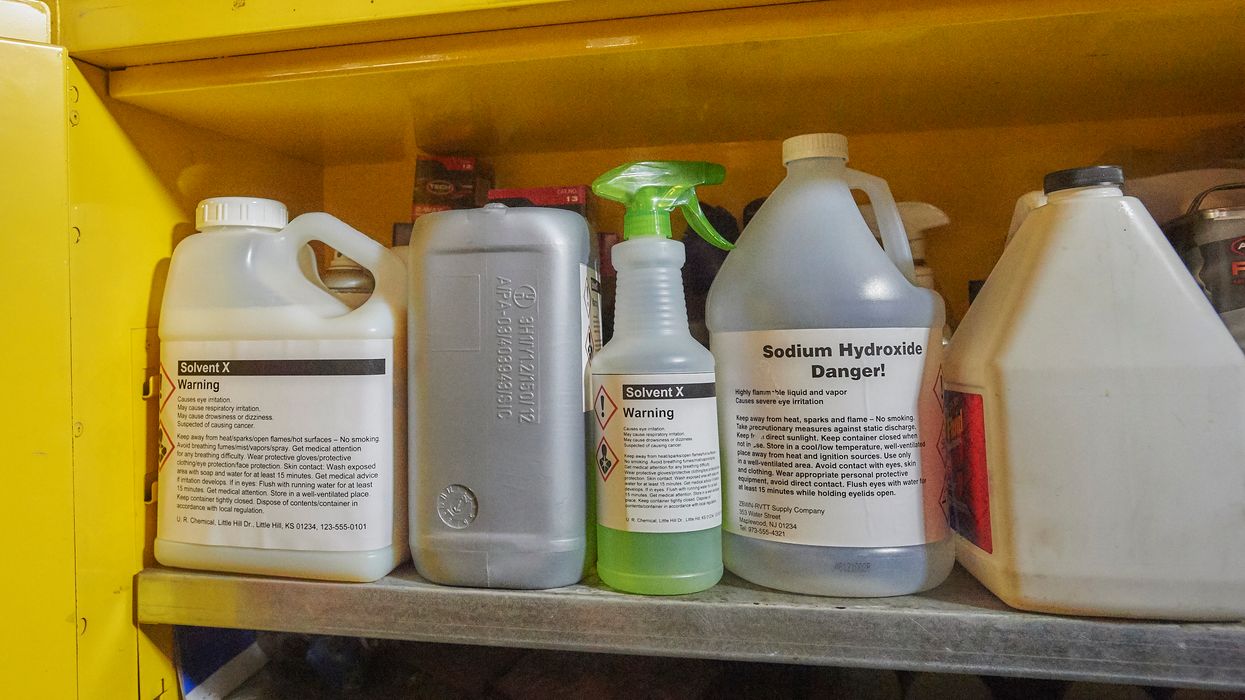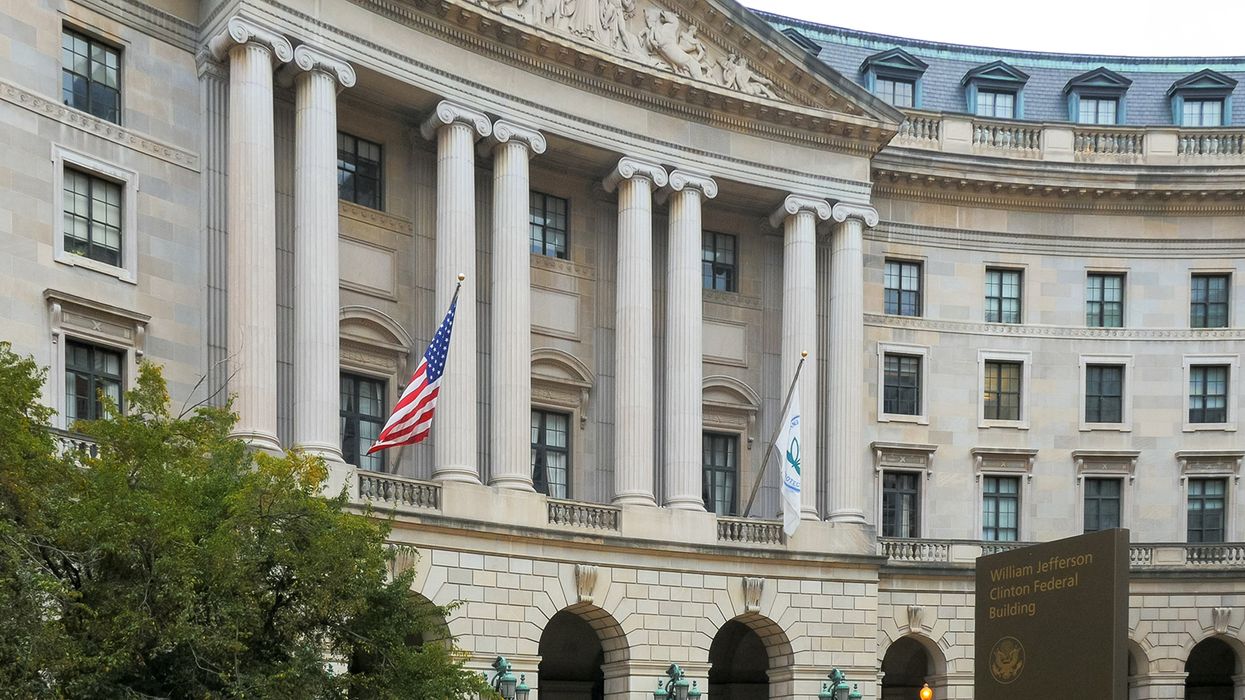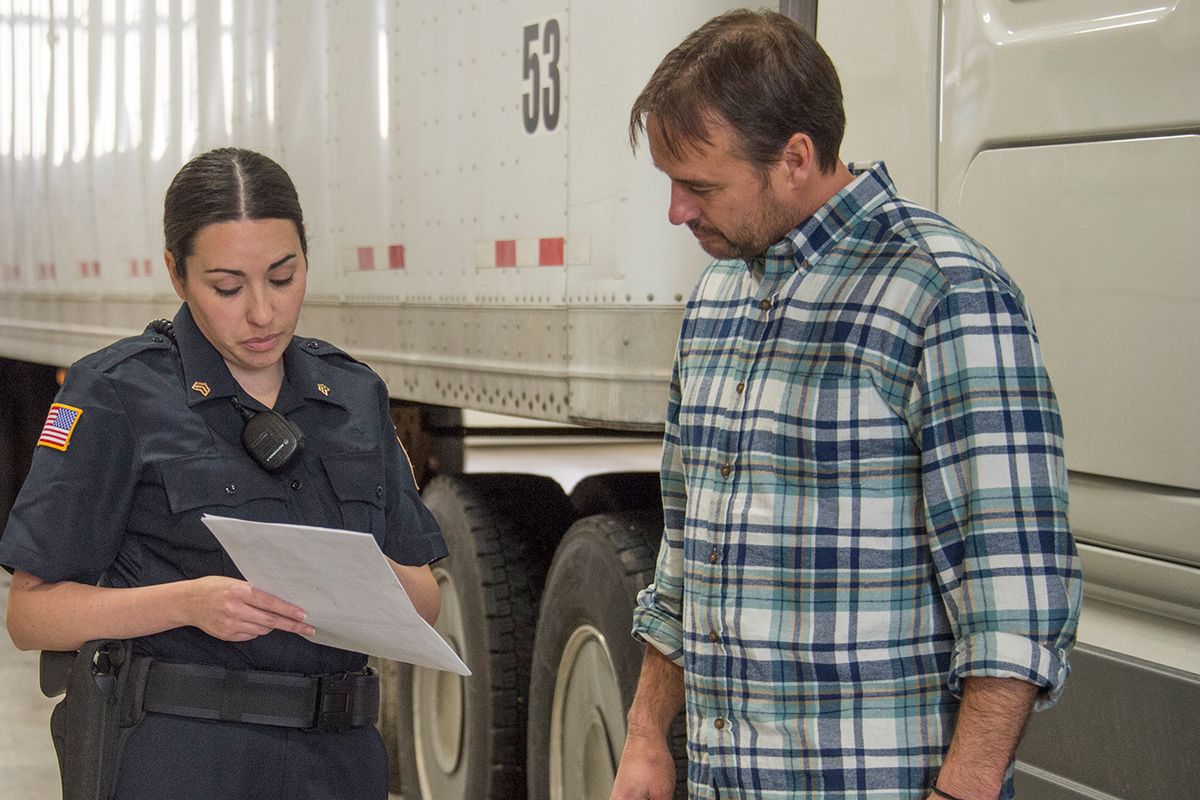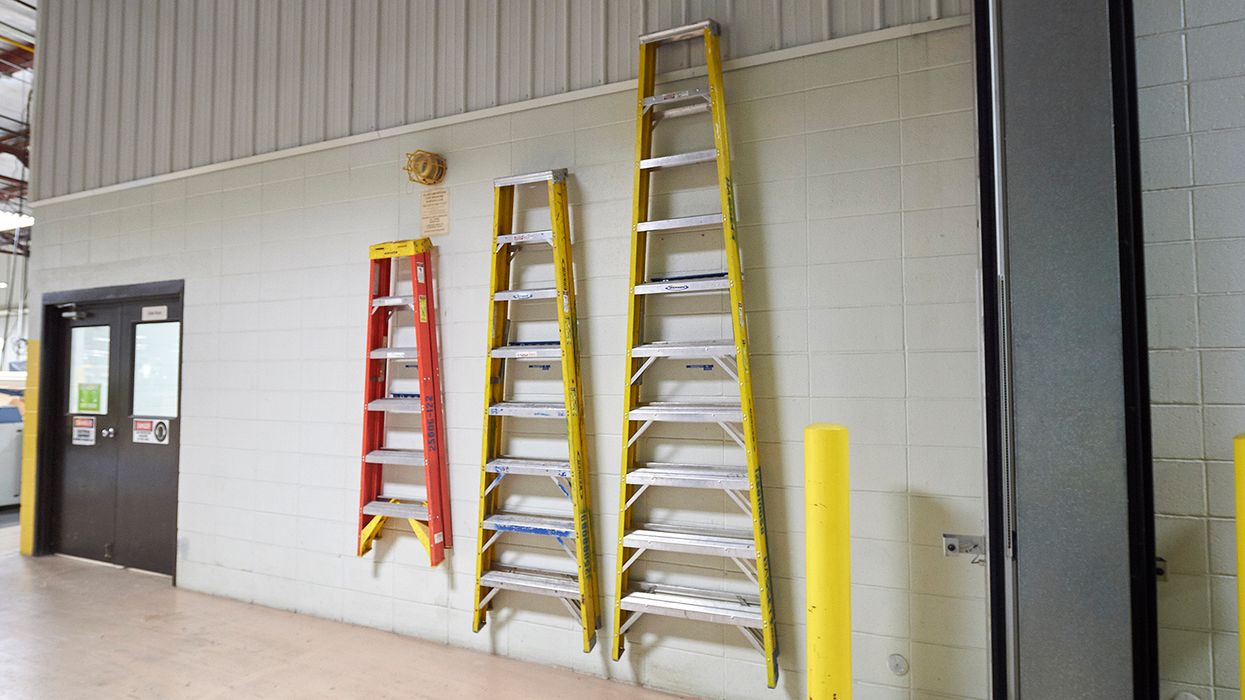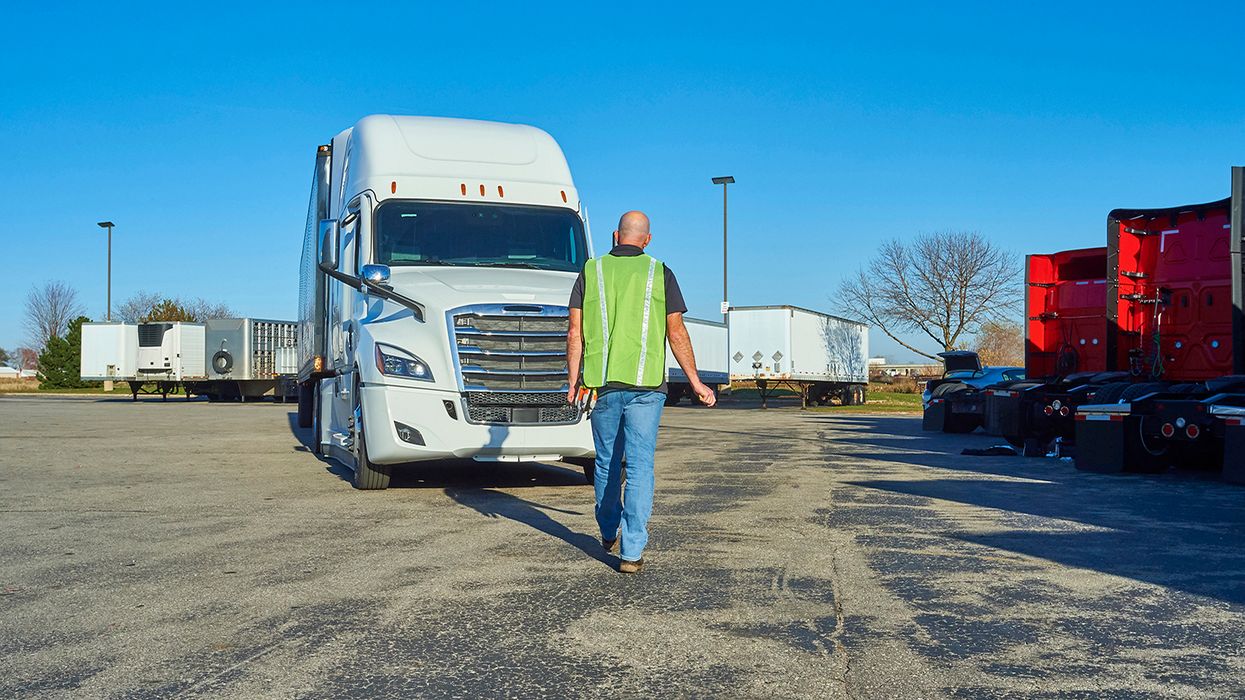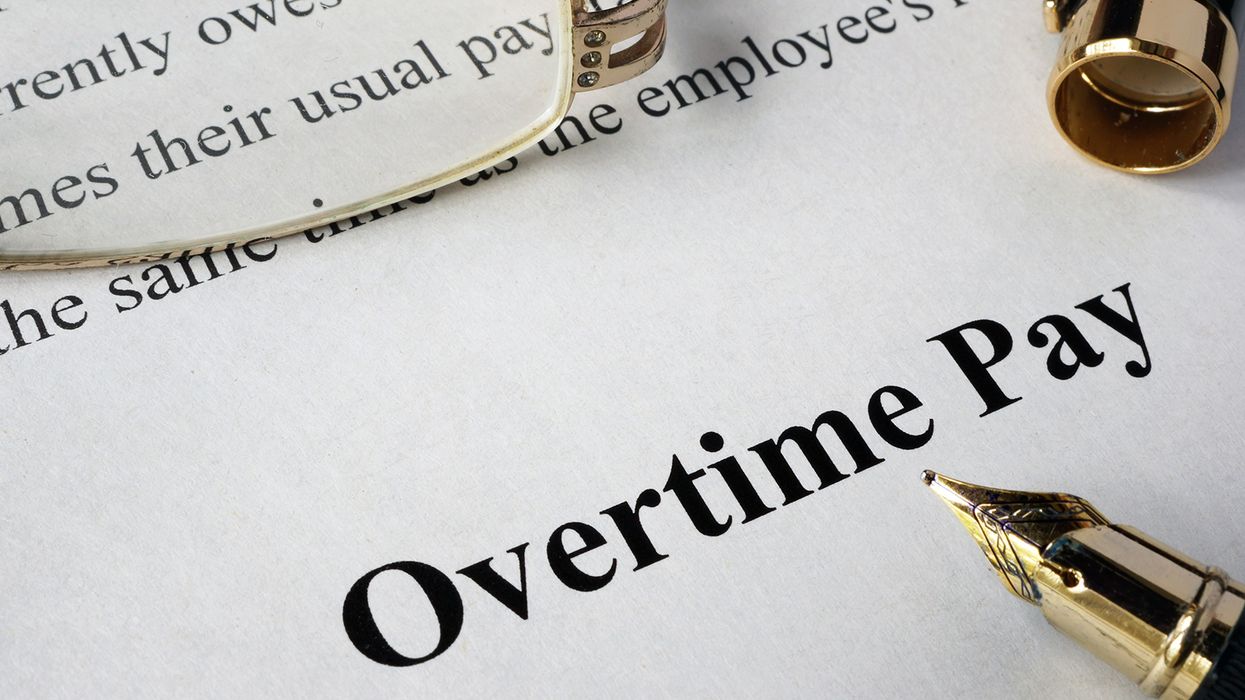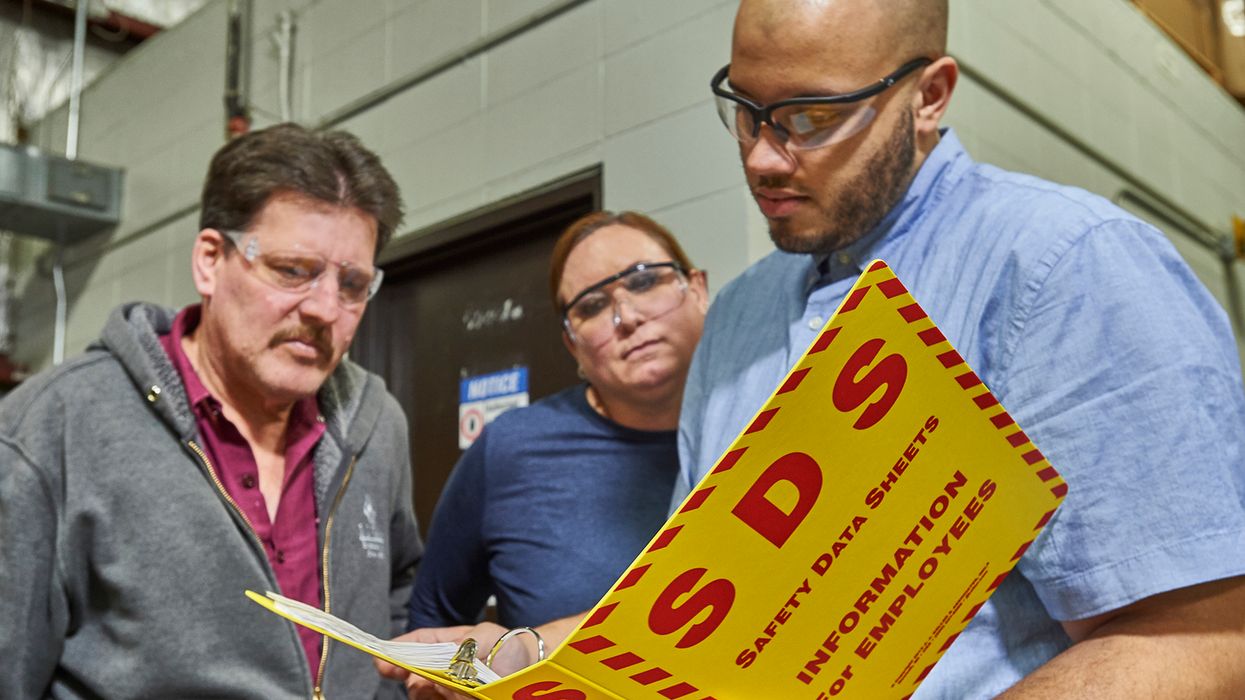Vermont paid family leave expanded
Effective date: July 1, 2025
This applies to: Employers with 10 or more employees in Vermont
Description of change: On May 22, 2025, Vermont Governor Phil Scott signed legislation expanding the state’s paid family leave. Effective July 1, 2025, the leave will include safe leave, bereavement leave, and qualifying exigency leave.
“Safe leave” is leave because the employee or employee’s family member is a victim or alleged victim of domestic violence, sexual assault, or stalking and the employee is using the leave to seek or obtain medical care, counseling, or social or legal services, to recover from injuries, to participate in safety planning, to relocate or secure safe housing, to respond to a fatality or near fatality related to domestic violence, sexual assault, or stalking, or to meet with a state’s attorney or law enforcement officer.
“Bereavement leave” is leave due to the death of the individual’s family member that occurs not more than one year after the family member’s death. Employees may use up to two of the 12 weeks of leave available for bereavement leave, but not more than five consecutive workdays.
Qualifying exigency leave follows the same reason as the federal Family and Medical Leave Act.
Family members are expanded to include:
- Regardless of age, an employee’s biological, adopted, or foster child; an employee’s stepchild or legal ward; a child of the employee’s spouse or civil union or domestic partner; or a child to whom the employee stands in loco parentis, regardless of legal documentation; an individual to whom the employee stood in loco parentis when the individual was under 18 years of age; or any individual for whom the employee provides caregiving responsibilities similar to those of a parent-child relationship.
- A parent of an employee or an employee’s spouse or civil union, or domestic partner, regardless of whether the relationship to the employee or the employee’s spouse or civil union, or domestic partner is a biological, foster, adoptive, or step relationship.
- A legal guardian of an employee or the employee’s spouse or civil union, or domestic partner.
- A person who stands in loco parentis for the employee or who stood in loco parentis when the employee or employee’s spouse or civil union, or domestic partner was under 18 years of age.
- A person to whom the employee is legally married under the laws of any state, or a civil union or domestic partner of an employee.
- A grandparent, grandchild, or sibling of the employee or the employee’s spouse or civil union, or domestic partner, regardless of whether the relationship to the employee or the employee’s spouse or civil union, or domestic partner is a biological, foster, adoptive, or step relationship.
Currently, family members include only a child, stepchild, or ward who lives with the employee, a foster child, parent, spouse, or parent of the employee’s spouse.
Parental leave is expanded to include leave for the following reasons:
- An employee’s pregnancy;
- The employee’s recovery from childbirth or miscarriage;
- The birth of the employee’s child and to care for or bond with the child within one year after the child’s birth; or
- The initial placement of a child 18 years of age or younger with the employee for adoption or foster care, and to care for or bond with the child within one year after the placement for adoption or foster care.
Currently, employees may take parental leave for the birth of their child and the initial placement of a child 16 years of age or younger with the employee for adoption.
The state’s short-term family leave is amended to include the same definition of family member.
View related state info: FMLA - Vermont



























